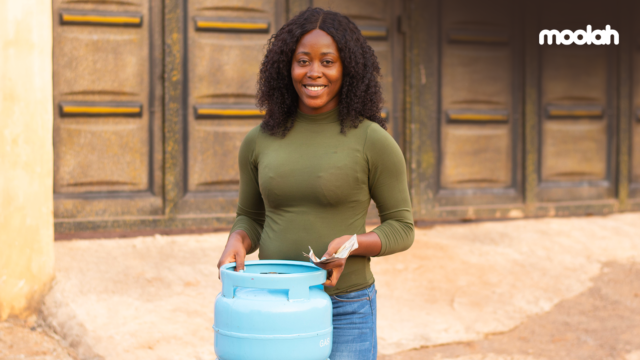No more ‘gas imeisha’ chronicles: Crafting your cooking strategy for smooth sailing
Cooking gas is one of the most essesential commodities in many households. As such, safe and conservative usage to make it last longer are a top priority.

“Gas imeisha!” You have probably received this message while busy at work or after a long day, eagerly looking forward to devouring that ugali you’re spinning, only to have the gas run out midway. This has happened to most of us.
Caught in these unfortunate situations, which seem to occur at the most inopportune time, many people will swiftly call their vendor to deliver a refilled LPG cylinder as they pick up the empty one.
While the cost may vary by a few shillings, some buy their cooking gas either from a petrol station, roadside dealers, or kiosks near their houses. The bottom line, however, is that one should purchase genuine Liquified Petroleum Gas (LPG) to prevent exposing themselves and others to significant threats that may lead to leakages, fires, or explosions.
In light of the deadly gas explosion that occurred last Thursday in Embakasi, the government is planning to roll out a tracking system for cooking gas cylinders to curb the illegal sale of faulty cylinders.
The track and trace system, according to a joint statement by the Energy and Interior ministries, will be used to clamp down on unauthorised dealers whose safety has long been questioned.
To raise awareness among the public regarding illegal dealers, the Energy and Petroleum Regulatory Authority (EPRA) regularly publishes a list of unauthorised dealers who do not comply with industry regulations.
In early January, EPRA issued guidelines on how to identify genuine cooking gas cylinders, given the current black market.
Essential safety measures when purchasing and handling LPG cylinders
- Always buy from an authorised franchise.
- Check the company seal and safety cap on the cylinder as soon as it is delivered.
- Do not accept the cylinder if the seal is broken.
- Look for the due date of testing, which is marked on the inner side of the cylinder stay plate.
- Please do not accept the cylinder if the due date has passed.
- Check for gas leaks by applying a soap solution on cylinder joints.
- Do not use open flames to detect leaks.
Additional best practices for safe handling and usage of LPG cylinders
- Light a matchstick or turn on the gas lighter first before turning on the gas.
- Ensure the cylinder is placed on a stable surface, and always make sure it is in a well-ventilated area.
- Replace instead of repairing a faulty cylinder.
- Do not tamper with the hose, valve, or the regulator.
- Also, check the hose regularly for any wear and tear.
- Do not store the cylinder near a heat source or in direct sunlight.
- The regulator should be turned off when not in use.
- Teach every family member how to correctly use the cooking gas.
As the number of LPG brands continues to increase in the market, so have the e-commerce platforms which enable users to order cooking gas from the comfort of their homes or work with just a few clicks.
Petroleum and gas supplying companies like Rubis and Total Kenya have established their own apps, Rubis and EasyGas, respectively, to make it convenient for customers to order gas in a hassle-free way.
On-demand service, GoBEBA, also delivers refilled cooking gas cylinders from major brands like Total, K-gas, Oil Libya, Shell Afrigas, Progas and more.
Given the current cost of KSh3200 for a 13kg cylinder, people are now being more conservative in how they use cooking gas.
Making some adjustments in your cooking style, checking for potential leaks, and investing in quality cookware are just some of the few ways to make cooking gas last longer.
There are also other things one can do, like buying a gas regulator gauge, which measures the pressure of the gas inside the cylinder. The pressure gauge helps in the safe and efficient use of gas by indicating in real time the amount of gas left in the cylinder, letting the user know when it’s time to refill it.
